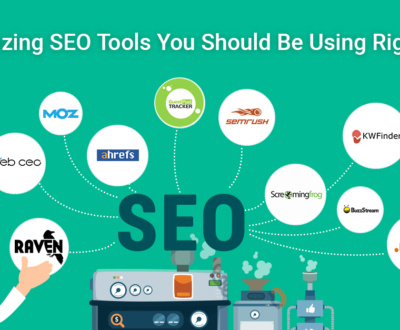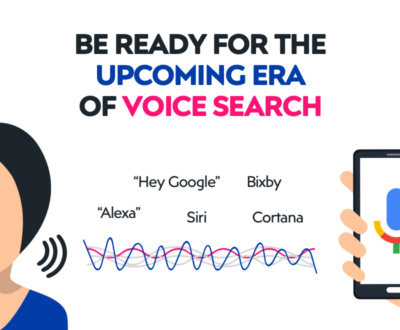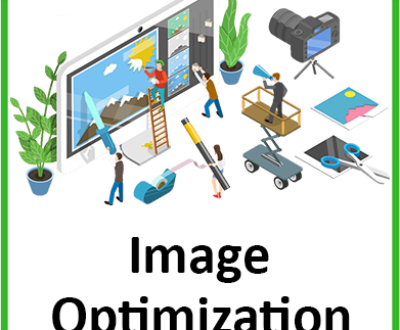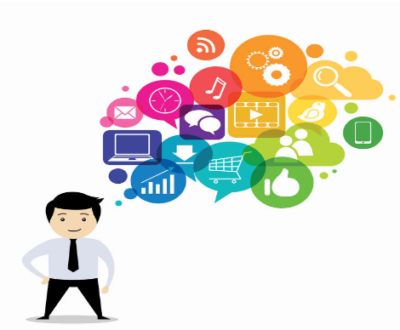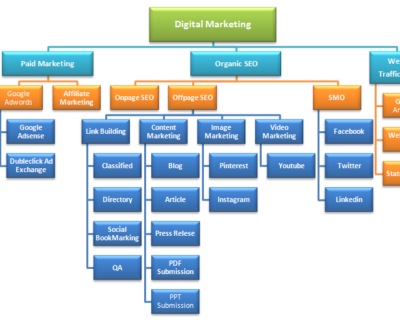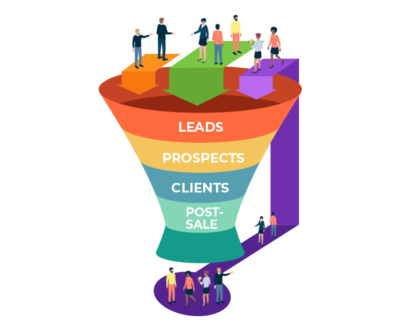How Web 2.0 is Different from the Web 3.0?
- July 28, 2022
- Digital Marketing, Google Ads, Lead Generation, Marketing, Physical Marketing, SEO, Traditional Marketing
It’s important to know what might happen in the evolution from Web 2.0 to Web 3.0. Learn about their differences and effects on how the internet is used today and in the future.
The World Wide Web has undergone multiple transitions over its history and continues to evolve to this day. With interest in Web 3.0 picking up steam as blockchain and security technology become increasingly popular, it’s important to look back at the previous generations and compare them with what’s next.
The first generation of the web was originally defined by Tim Berners-Lee in 1989. Sometimes referred to as Web 1.0, it was about basic connectivity and hyperlinks. The concept grew with the creation of the web browser, which allows regular users to view web pages with ease. The first modern web browser was NCSA Mosaic in 1993. It was co-created by Marc Andreessen, who later co-founded Netscape, one of the first generation web companies.
Web 1.0 was a pioneering era with many early adopters as the world learned what the Information Highway could offer. Much has changed in the decades since the invention of the web, with several generations of technological development.
The first generation of the web was relatively static, with limited to no video content and a page format that didn’t stray far from the formatting used for a printed page. That all changed around 2004 with the advent of Web 2.0, the second generation of the web.
What is Web 2.0?
Web 2.0 ushered in an era where the web defined itself as a new medium. It was separate and distinct from every other that preceded it, including traditional print and video. Instead of just static websites that pushed information to users, Web 2.0 introduced new forms of interactivity. Concepts such as blogging became popular, and social networks began to emerge with Friendster, MySpace and eventually Facebook.
A host of technologies redefined the web from its nascent origins to the Web 2.0 era. Among them is a technology approach know as Ajax (Asynchronous JavaScript and XML). Ajax was first popularized by Google Maps, which completely changed the way the web worked. Instead of just a flat, static map, Ajax enabled Google Maps to zoom, scroll and manipulate the map image. The use of Cascading Style Sheets (CSS) is another special feature of Web 2.0. In the early days of the web, developers had to format pages with tables, which didn’t allow for much control. In the early 2000s, CSS became more popular and powerful, allowing for complex layouts that changed the way the web was created.
What is Web 3.0?
There is little clarity regarding the term Web 3.0, sometimes referred to as Web3, as it is still a very poorly defined emerging space. There are even debates about when this term was coined. Berners-Lee coined the term Web 3.0 in 2006 to describe what he called the Semantic Web, while Ethereum founder Gavin Wood first coined the term Web3 in 2014 in the context of cryptocurrencies. Over the years, the World Wide Web Consortium (W3C) has attempted to develop a standard around the Semantic Web concept, which aims to provide a new approach to connecting data and content. Instead of linking content based on keywords, artificial intelligence can connect data and websites by providing information to the semantic layer.
The term Web 3.0 is mainly used to refer to higher-level concepts such as decentralization beyond the Semantic Web concept adopted by the W3C. Web 3.0 relies on peer-to-peer, consensus-based algorithms rather than the same centralized approach to connections and data that underlies Web 1.0 and Web 2.0. A key element of distributed consensus for Web 3.0 is the form of blockchain technology. Part of the decentralized payment with Web 3.0 also includes cryptocurrency, which provides another option for payments and transfer of wealth. In addition, the concept of non-fungible tokens (NFTs) provides another way to create, manage and own assets using blockchain technology.
Another distinguishing feature of the emerging world of Web 3.0 is the use of artificial intelligence to enable workflows, automation, and an end-to-end user experience. AI contributes to the scalability and performance of the web itself, as well as enabling new forms of intelligent search and interaction.
Web 2.0 vs Web 3.0

The world of Web 1.0 has been largely static and focused on providing information. With Web 2.0, the web has become dynamic and social. With Web 3.0, the web is becoming smarter and more distributed than ever. The following table lists the main differences between Web 2.0 and Web 3.0.

What does the future of Web 3.0 look like?
Web 3.0 is still being developed and defined. Because of this, there are many unknowns about what Web 3.0 will ultimately look like.
Web 3.0 may include a set of new Internet standards that change the way the Web behaves. One of these protocols is HTTP (Hypertext Transfer Protocol), which has long been based on the TCP/IP protocol. HTTP/3 or HTTP version 3 is a new standard from the Internet Technology Commission. It uses the QUIC transport protocol to replace TCP/IP to improve recovery, performance, and scalability.
Both Web 1.0 and Web 2.0 rely on the IPv4 address class with a limited number of web addresses. In contrast, IPv6 has a larger address space, which allows more devices in the Web 3.0 era to have their own public IP addresses.
Web 3.0 includes the concept of decentralized autonomous organizations (DAOs) as a new form of managing and governing structure for web services and organizations. Much like blockchain, DAOs rely on distributed consensus to make decisions rather than a centralized authority. Decentralization in Web 3.0 likely will also lead to the continued rise of decentralized financial services, which circumvent traditional banking structures and could have a profound effect on the global financial system.
Decentralization will also lead to the emergence of decentralized apps that make use of blockchain, and smart contracts to enable distributed applications across the Web 3.0 landscape. As Web 3.0 evolves and continues to be defined, the focus on decentralization, automation, and intelligence will continue to be the foundation for the next step.
- how to do web 2.0 submission, learn web 2.0, seo web 2.0, web, web 1.0, web 1.0 vs web 2.0 vs web 3.0, web 2.0, web 2.0 backlinks list, web 2.0 basics, web 2.0 defined, web 2.0 explained, web 2.0 in hindi, web 2.0 in seo, web 2.0 link building, web 2.0 seo, web 2.0 sites list, web 2.0 summit, web 2.0 vs web 3.0, web 3, web 3.0, web 3.0 crypto, web 3.0 explained, web 3.0 vs web 2.0, web20, what is web 2.0, what is web 3.0
About us and this blog
We are a digital marketing company with a focus on helping our customers achieve great results across several key areas.
Request a free quote
We offer professional SEO services that help websites increase their organic search score drastically in order to compete for the highest rankings even when it comes to highly competitive keywords.
Subscribe to our newsletter!
More from our blog
See all postsRecent Posts
- What are Web Stories and their importance? July 30, 2022
- What are Paid Ads and Advantages of Paid Ads? July 29, 2022
- How Web 2.0 is Different from the Web 3.0? July 28, 2022



